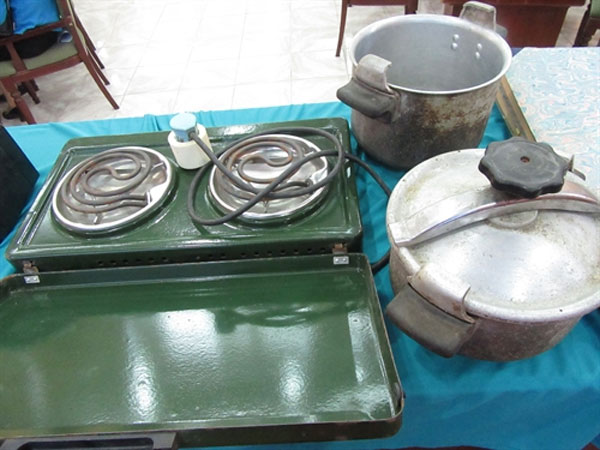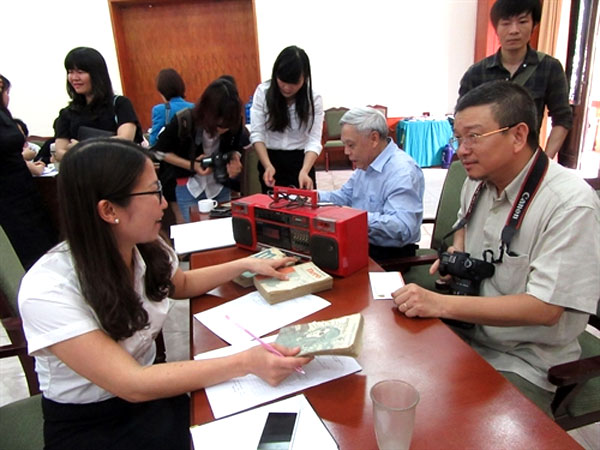|
Museum to
display Doi Moi period objects
After nearly 30
years and 13 new houses, the enamel washing basin and Russian-made pot Dang
Van Chu bought is still well preserved.
He bought
the basin in 1987 and the pot in 1988, one and two years after Viet Nam began
the renewal process in 1986. They were worth three times the value of his
monthly salary at the time. They became precious objects in his house. As the
years went on and they were replaced by more modern items, he kept them as
souvenirs.
Chu and
several other witnesses of the country’s transitional period from the subsidy
economy to a market economy offered objects from this period to the National
Museum of Vietnamese History. The objects will be displayed in August to mark
30 years since the country started the renewal process.
To prepare
for the exhibition, the museum organised on Saturday the first meetings with
people who lived, worked, studied during this transitional period. They
donated objects and shared their memories of that time.
In 1986,
Viet Nam launched a political and economic renewal campaign (named doi moi,
renewal period) that put an end to the state-subsidy economy. Doi moi
combined economic planning with free-market incentives and encouraged the
establishment of private businesses in the production of consumer goods and
foreign investment, including foreign-owned enterprises.
During the
subsidy period, food, goods, and services were purchased with coupons or food
stamps issued by the government. As goods were very rare, people had to queue
for a long time to buy them.
Thirty
years after the initiation of the Renewal period in 1986, Viet Nam has
emerged from a serious socio-economic crisis, gradually tackling poverty and
backwardness, embarking upon national industrialisation and modernisation and
integrating internationally.
The people
who lived during that difficult period were thankful of the renewal campaign
that changed their lives.
“Those objects
are part of my memories about a difficult time. Many times, my children
suggested I sell them to scrap iron buyers, but I didn’t want to,” Dang Van
Chu recalls.
Tran Hai
Nhi, a retired cadre of the Viet Nam Museum of Revolution, said she was
thankful for the renewal campaign as it changed her family’s life.
“The big
change was that I did not have to queue any more to buy goods. And more over,
as my husband sent me goods from Russia where he was working, I and my
children had a more comfortable life,” she recalls.
Other
objects that the people donated to the museum on Saturday included an old
electric fan, a Soviet-style cassette player, a Czech-made fan, old books,
bowls and more.
“This event
has important significance,” says Dao Van Ngu, 78 year old, a retired cadre
of the Ministry of Education and Training.
“Not many
young people today fully understand the difficulties their parents faced
during the pre-renewal period. This event educates younger people about the
hard lives of their parents and helps them catch a glimpse of the past,” he
said.
VNS, by Bach Lien
|
Thứ Tư, 27 tháng 4, 2016
Đăng ký:
Đăng Nhận xét (Atom)


Không có nhận xét nào:
Đăng nhận xét